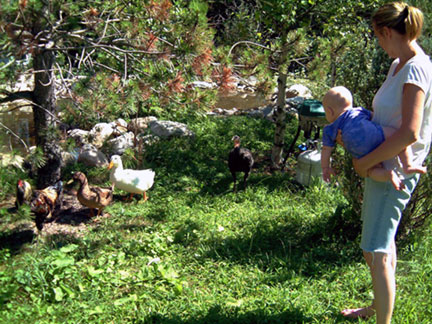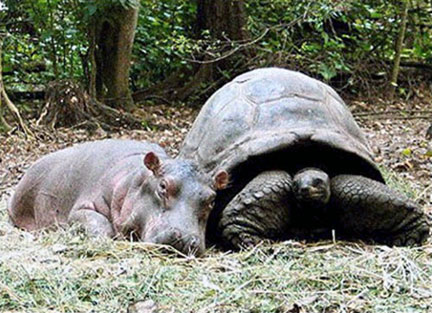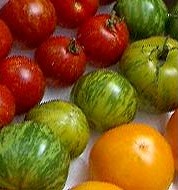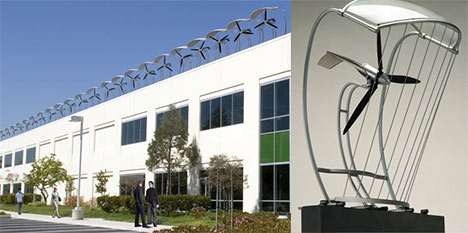 Lately I have been listening to webcasts in the background as I work, particularly if I am correcting scores and parts (which as any composer will attest, is personally fulfilling but mind-numbingly tedious). Damon Lee, a composer friend of mine who lives and teaches in Germany, recently turned me on to TED, an amazing site that contains talks by some of the world's greatest inventors and thinkers, including Dean Kamen, Ray Kurzweil, Al Gore and others. One brilliant, very funny lecture that caught my attention is by Sir Ken Robinson, entitled Do Schools Kill Creativity?
Lately I have been listening to webcasts in the background as I work, particularly if I am correcting scores and parts (which as any composer will attest, is personally fulfilling but mind-numbingly tedious). Damon Lee, a composer friend of mine who lives and teaches in Germany, recently turned me on to TED, an amazing site that contains talks by some of the world's greatest inventors and thinkers, including Dean Kamen, Ray Kurzweil, Al Gore and others. One brilliant, very funny lecture that caught my attention is by Sir Ken Robinson, entitled Do Schools Kill Creativity?
Something Robinson points out and that I have noticed with children—mostly with my 2 1/2 year old son Dylan who is the child I spend most of my time with—is that if they are not hindered by adult preconceptions, they will interactively express themselves in truly unique and organic ways. Dylan synthesizes all sorts of influences and stimuli into his own form of creativity. He sings and dances while he paints, holds two paint brushes like drumsticks, painting and drumming on the paper all at once, and even depicts stories in his paintings that combine all of his diverse stimuli—everything from Itsy Bitsy Spider to the moon and the stars. Interestingly, everything makes perfect sense to him because no one has told him otherwise. Nothing is a mistake. The whole time, he is developing motor skills, exploring and stretching boundaries. His personal expression, without adult-imposed limits or categorization, is a highly entertaining and profoundly beautiful experience to watch.
Back to TED, the summary on the Do Schools Kill Creativity? page states that Robinson makes a "profoundly moving case for creating an education system that nurtures (rather than undermines) creativity." Robinson calls the meeting of passion and skill "The Element" and perfectly summarizes all that is wrong with most modern educational systems. Even some of the most radical schools still treat the arts, sports and "the other intelligences" (anything other than the humanities and languages) as second class citizens. Arts courses are allotted fewer credits, and most schools still structure their degrees and curriculums using outmoded models meant to prepare people for a society centered around industrialization.
I think we are entering—or already experiencing—a New Renaissance. Our life spans are now long enough that we need not have one career, one passion or even one intelligence. We can have multiple facets, either at the same time or one after the other. They can be related or not, and we do not have to choose one over the other. You can be a musician and a corporate CEO, a dentist and a pianist, a photographer and a professional chef. Technology is helping us express ourselves and save time enough to distill the essence of what we desire. Our only limits—other than a lawful society and survival—should be what we place on ourselves.
As I have always said, genius is mostly about connecting disparate elements where there were no connections before, and having the skill and passion to carry out your ideas. I only hope that as parents, we can allow Dylan to be as unique, creative and skilled as possible.









